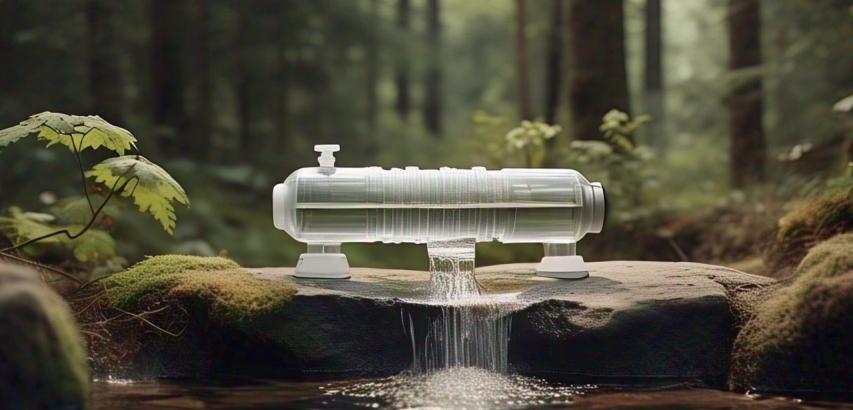Access to clean and safe drinking water is a fundamental human need, yet millions of people worldwide still lack this basic resource. Contaminated water is a leading cause of diseases such as cholera, dysentery, and typhoid, particularly in developing regions. Traditional water purification methods, such as boiling, filtration, and chemical treatment, are often time-consuming, energy-intensive, or require specialized equipment. In response to these challenges, instant water purification technologies have emerged as a game-changing solution, offering rapid, efficient, and portable methods to ensure safe drinking water.
What is Instant Water Purification?
Instant water purification refers to technologies and methods that can purify water in a matter of seconds or minutes, making it safe for consumption without the need for prolonged processes. These solutions are designed to be user-friendly, portable, and effective against a wide range of contaminants, including bacteria, viruses, parasites, and chemical pollutants.
Key Technologies in Instant Water Purification
Ultraviolet (UV) Purification:
UV purification devices use ultraviolet light to destroy the DNA of harmful microorganisms, rendering them inactive. Portable UV pens or sterilizers can purify a small volume of water in seconds, making them ideal for outdoor activities or emergency situations.
Advantages: No chemicals are required, and the process is fast and effective against bacteria and viruses.
Limitations: Does not remove chemical contaminants or particulate matter.
Chemical Tablets or Drops:
Chlorine dioxide, iodine, or other chemical tablets are commonly used for instant water purification. These tablets dissolve in water and release chemicals that kill pathogens.
Advantages: Lightweight, affordable, and easy to use.
Limitations: May leave an unpleasant taste and are less effective against certain parasites or chemical contaminants.
Advanced Filtration Systems:
Portable filtration devices, such as straw filters or pump systems, use advanced membranes or activated carbon to remove contaminants instantly as water passes through.
Advantages: Effective against bacteria, protozoa, and some viruses; no chemicals are required.
Limitations: May not remove dissolved chemicals or heavy metals without additional treatment.
Electrochemical Purification:
Emerging technologies use electrochemical processes to generate reactive species (e.g., chlorine) that disinfect water instantly. These systems are often compact and powered by batteries or solar energy.
Advantages: Highly effective and versatile; can target a wide range of contaminants.
Limitations: Requires a power source and may be more expensive.
Nanotechnology-Based Solutions:
Nanomaterials, such as graphene oxide or silver nanoparticles, are being integrated into filters and purification devices to enhance their ability to trap and neutralize contaminants.
Advantages: High efficiency and potential for scalability.
Limitations: Still in development and may face challenges related to cost and safety.
Applications of Instant Water Purification
Emergency Situations: Natural disasters, such as floods or earthquakes, often disrupt access to clean water. Instant purification methods provide a quick and reliable solution for affected populations.
Outdoor Activities: Hikers, campers, and travelers can use portable purification devices to ensure safe drinking water from natural sources like rivers and lakes.
Developing Regions: In areas without access to centralized water treatment facilities, instant purification technologies can provide a cost-effective and sustainable solution.
Military and Humanitarian Missions: Lightweight and efficient purification systems are essential for troops and aid workers operating in remote or contaminated environments.
Challenges and Future Directions
While instant water purification technologies have made significant strides, challenges remain. These include ensuring affordability, scalability, and accessibility for low-income populations. Additionally, some methods may not address all types of contaminants, necessitating the development of multi-stage purification systems.
Future advancements in materials science, nanotechnology, and renewable energy are expected to drive innovation in this field. For example, solar-powered purification devices and smart sensors that monitor water quality in real-time could further enhance the effectiveness and convenience of these technologies.
Instant water purification represents a transformative approach to addressing global water challenges. By providing rapid, portable, and effective solutions, these technologies have the potential to save lives, improve public health, and ensure access to clean water for all. As research and development continue, instant purification methods will play an increasingly vital role in creating a safer and more sustainable future.
 |  |  |
